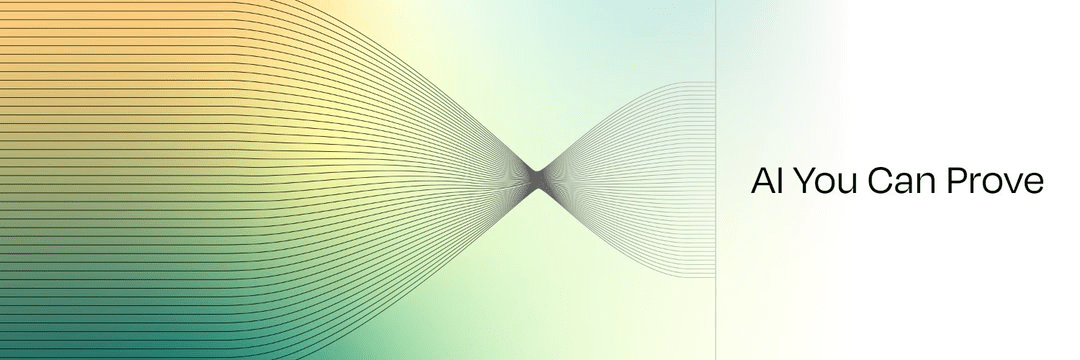Everyone is talking about the combination of AI and blockchain, but more as a shallow application of 'AI generation → blockchain notarization'. The real challenge is: how to verify that the AI's computational process and reasoning results are trustworthy?
Lagrange actually provides the key puzzle for this, but it has not yet been given enough attention.
Professional Analysis
AI models are often black boxes, especially in generative AI scenarios, making it difficult for developers and users to know whether the output results have been tampered with or whether they are compliant.
Lagrange's zero-knowledge co-processor is essentially a trusted computing proof engine that can fully extend to the 'AI auditing layer':
Verifiable Model Invocation: AI models run off-chain, and Lagrange generates ZK proofs to confirm that the invocation was executed according to the rules.
Preventing Data Poisoning: Ensuring that input data has not been tampered with in transit through ZK proofs.
Audit Compliance Output: In the future, in high-risk scenarios such as healthcare, finance, and law, users can request that 'AI reasoning has passed zero-knowledge verification'.
Expanding Future Scenarios
1. AI Financial Advisor: On-chain financial agreements can provide investment advice through Lagrange's auditing AI, ensuring the transparency of its computational logic.
2. AI Medical Diagnosis: Patients can verify on-chain that the AI reasoning is based on real imaging data rather than tampered samples.
3. AI DAO Governance: When the DAO proposes with AI, community members can request that the 'AI decision-making process + output results' be verified through Lagrange's proof layer.
Conclusion
Lagrange does not need to be limited to on-chain efficiency tools; it can fully grow into a trusted auditing layer for AI, expanding ZK from 'on-chain verification' to a new track of 'AI governance and regulation'.@Lagrange Official #lagrange $LA


